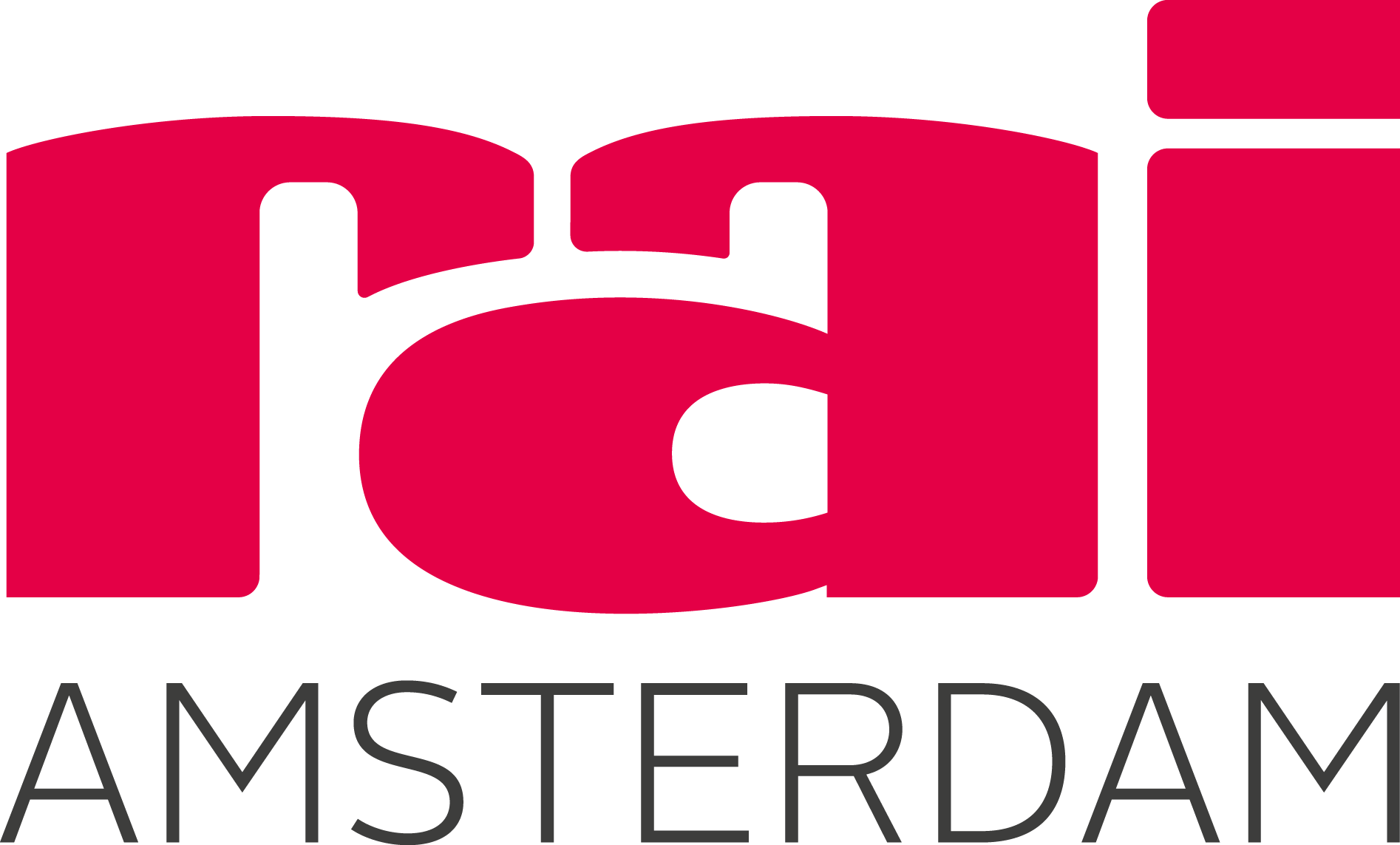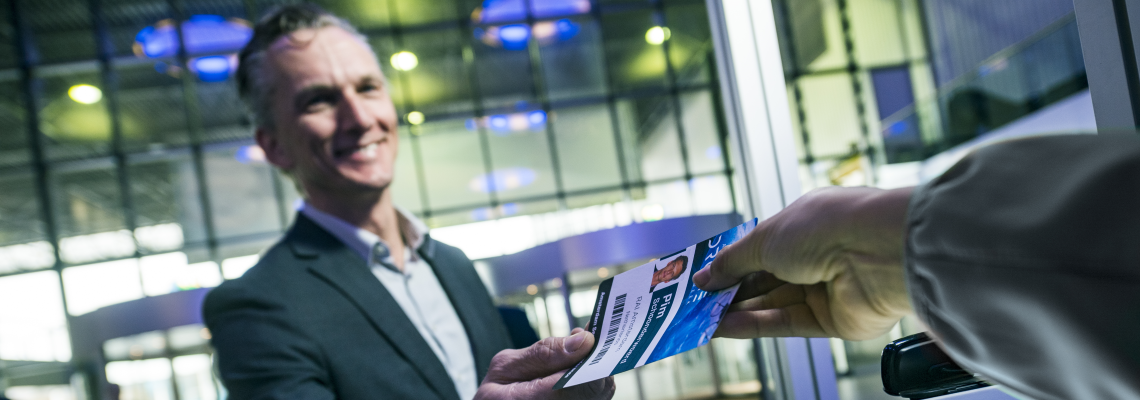A friendly and efficient reception with facial recognition
As an organiser you are always looking for ways to improve the visitor experience. Facial recognition is a technique that offers great opportunities to enhance the reception of event visitors. We recently conducted a large-scale live test at Horecava, the largest Dutch tradeshow for the hospitality and catering industry. Our findings are positive: visitors are positive about the technique and feel more welcome. How could facial recognition benefit your event?
In January 2019 we used facial recognition during Horecava, the largest trade event for the hospitality and catering industry in the Netherlands. Some 1,250 visitors chose to access the exhibition via the new technology. The process went well and provided good input for the further improvement of the solution, both for our own events and those organised by third parties.
An addition, not a replacement
The solution with facial recognition we tested can be added to any visitor registration system – a deliberate choice on our part. It means that if you as an organiser want to use this technique, you can bring your own registration system and let us expand it with facial recognition. This is how it works.
Visitors upload a photo when registering, which is immediately digitised in code by the system. Depending on the exact setup, the photo is either stored or destroyed. For Horecava the photo was stored and printed on visitor badges. Upon arrival at the entrance, faces were scanned by a camera, digitised, compared to the code in the system and recognised. After the visitor confirmed their identity, a badge was printed by the system.
Benefits for visitors
The system offers a much more relaxed entry to the exhibition for visitors as they don’t need any registration details, paper, e-tickets, QR-codes, etc. All they have to do is show their face, receive their personal badge and continue on. The interaction with the hostesses is also more personal: instead of checking registrations or printing badges, they welcome the guests and provide helpful tips. The result is a friendlier and more personal reception.
Benefits for organisers
Registration is faster, more efficient and more customer-friendly. Having a large part of the visitors entering the event this way would require fewer hostesses, resulting in cost-savings for your event. And those hostesses who are present can give more personal attention to the visitors.
Synergy with other systems
Printing a photo of the individual on a badge supports fraud prevention as badges can no longer be switched around. Moreover, the collected data is pure – you know that the person using the badge is the person who registered for the event.
In addition, the system enables personalised data to be printed on the badge, allowing you to provide visitors with specific suggestions for stand visits based on their preferences. It also allows for differentiated marketing, for example by printing a certain logo on the badges of visitors who fall under a partner’s target group. This so-called ‘badgevertising’ is valuable for exhibitors and visitors alike.
Results of Horecava pilot: it works
Of course we also tested how the Horecava-visitors themselves valued this new technique. Via interactive panels (‘try-likes’) at the event, visitors could indicate what they thought of their entrance via facial recognition. Of the responders, 92% said they were enthusiastic. A post-exhibition email survey asked for more specific input, and 80% of the users stated they were ‘satisfied’ to ‘very satisfied’ with the new technology. People were mainly enthusiastic about the ease of use, smooth entry and personal reception. Some people just enjoyed it because it was something new. As one of the respondents indicated: “You see this type of thing in films, so it’s great to see it actually works in real life.”
Points for improvement
The points for improvement resulting from the pilot mainly involved the technical setup. The uploading of the photo upon registration in particular could be accelerated and improved. Moreover, the fact that the badge still has to be scanned after printing is a step we’d like to eliminate in order to allow the hostesses to focus fully on welcoming the guests. As for any new technology, development is parallel to application. By already using it now, we can discover new possibilities and increase the chances for organisers to offer visitors an even better experience and support exhibitors with specified marketing. Would you like to know how facial recognition could be used for your event? Please feel free to contact us, we will be happy to share our knowledge and experience.

